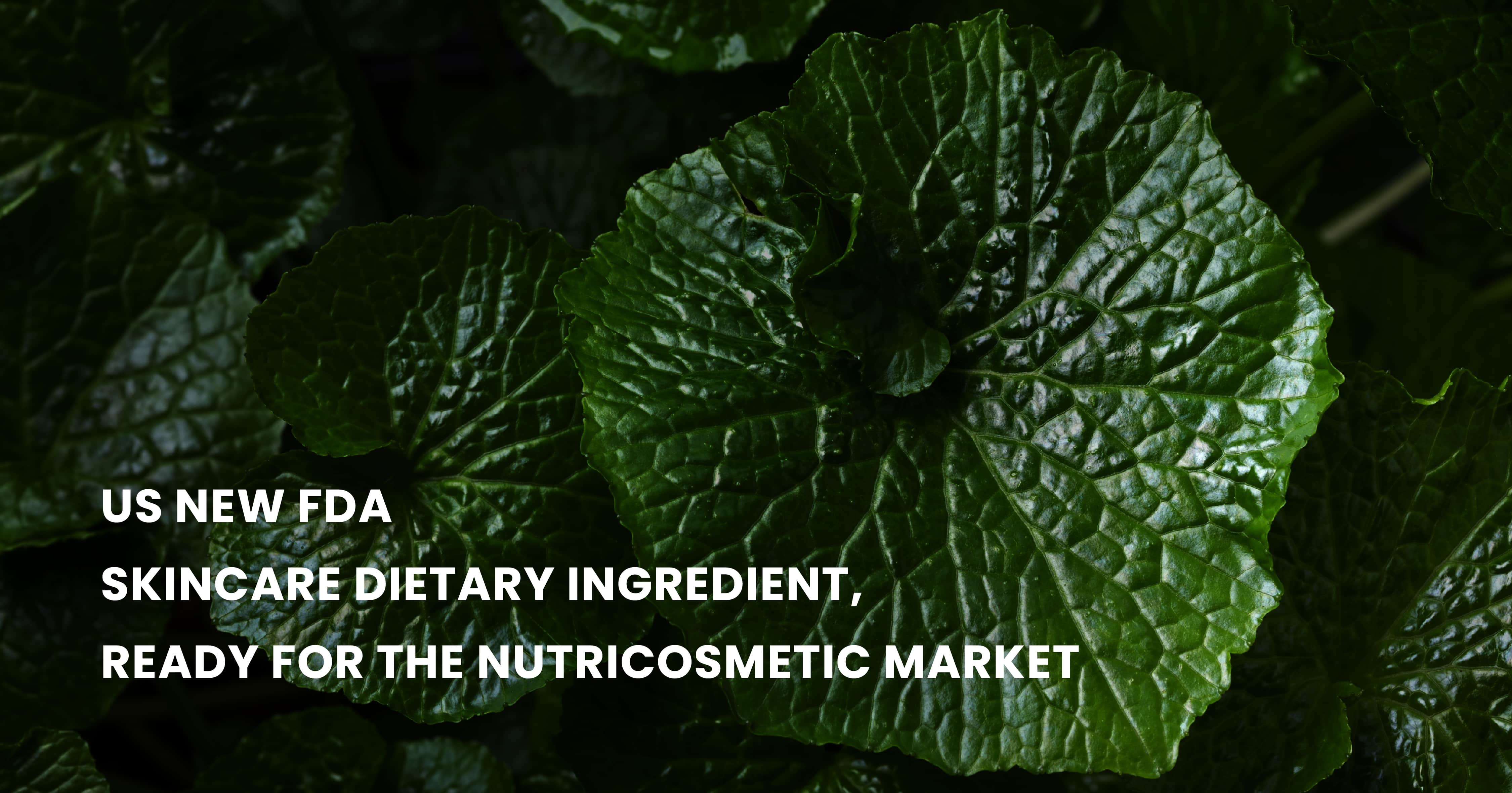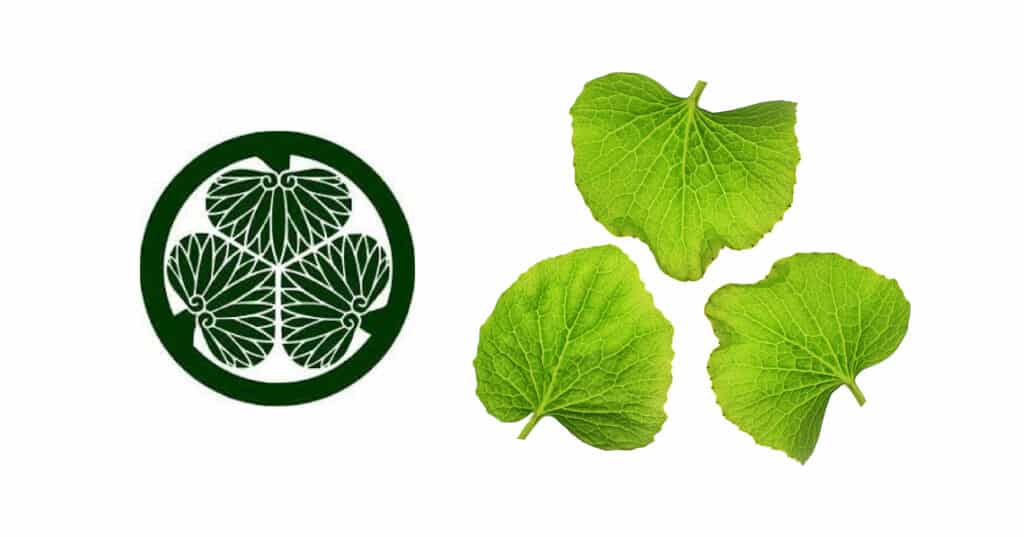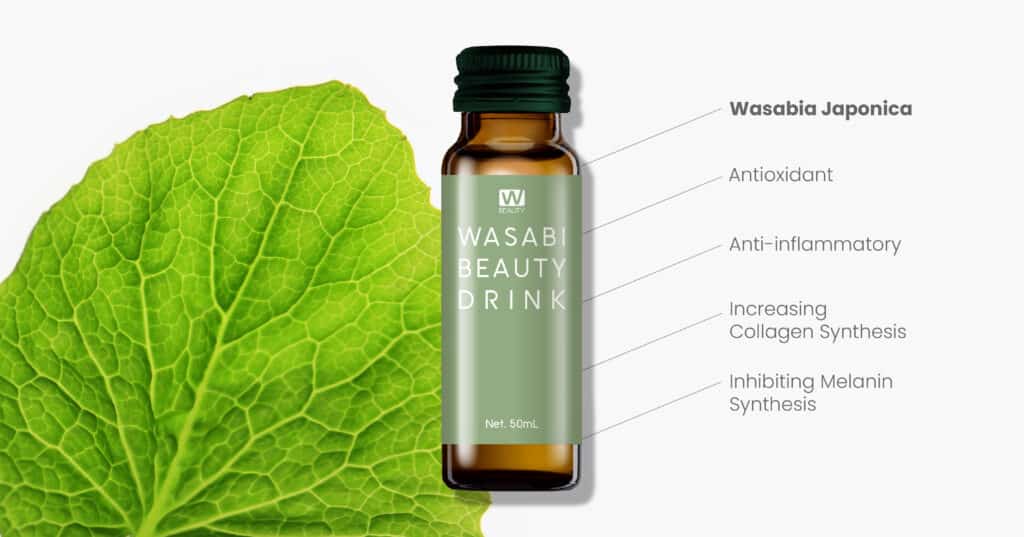

US FDA has published its latest draft guidance regarding Supplement Marketplace on March, seeking to strengthen law enforcement on dietary supplements. As the FDA shrinking its tolerance on noncompliant supplement ingredients in the market, brands are becoming more cautious with their products’ ingredients, confirming whether they are grandfathered (dietary supplement ingredients marketed in the United States before October 15, 1994 ) or had listed new ingredient notification (NDI). On the other hand, despite the fact that there are a lot of unlisted and illegal ones, new ingredients had been hard to came by in recent years. The pandemic had increased the burden on manufacturers to innovate. However, there are still some novel ingredients that made through.
The new FDA skincare ingredient
The COVID-19 and the subsequent lockdown severely damaged the beauty industry, with one exceptional area: nutricosmetics. Not only was the nutricosmetics market surprisingly resilient, it was even expanding while other sectors are in the mist of the 2020 nightmare. Consumers are now becoming more aware of “beauty from the inside out”, embracing the idea of “you are what you eat”. Reports from different research firms have all expected the nutricosmetics market size to increase significantly, with the most conservative estimation of the market value reaching US$7.1 Billion by 2029 (US$ 3.29 Billion in 2021), at a CAGR of 7.57% during 2022-2029.
Nutricosmetics has become the latest trend in the beauty market, attracting brands and manufacturers to discover new ingredients for ingestible beauty to get ready for the increasingly diversified demand. FDA’s latest listed NDI, Wasabi leaf, is one of these new ingredients. Many previous studies had already shown that Wasabi leaf has skincare functions, such as antioxidant, anti-inflammatory, increasing collagen synthesis, and inhibiting melanin synthesis effects. Clinical data also supports that Wasabi leaf reduces melanin synthesis activity by 21% and expression of inflammatory genes by 53%.
The precious plant
Though novel to the western world, Wasabi actually has been the precious delicacy for Japanese for hundreds of years. Tracing back to its history, Wasabi plant was declared a treasure by Tokugawa Ieyasu, Shogun and the political leader of Japan from 1598 to 1616, because wasabi leaf resembles the hollyhock that was used as the Tokugawa family crest. The Shogun ruled that Wasabi was only to be grown in his own territory, and ever since then Wasabi has become the precious plant. Throughout the Japanese culture and history, and even until now, Wasabi plays an important role in Japanese cuisines.

Tokugawa family crest and wasabi leaf
Without refrigeration facilities in the 15th century, people found that wasabi leaf prevents food poisoning and served it with sashimi. The antibacterial function of Wasabi was later proven by scientists. As scientific research methods develops, studies has gradually discovered more functions and efficacies of Wasabi, such as inhibiting fat synthesis, reducing insulin resistance, etc. After many antibacterial effects have been studied, scientific research on the impact of wasabi leaves on skin beauty has gradually become mainstream.
Opening up the new market
Due to the rise in awareness regarding the advantages of herbal ingredients, Wasabi leaf as the marketing highlight in skincare products was a successful strategy in Asia-pacific. The new ingredient was submitted to US FDA by TCI. co., a beauty and wellness contract manufacturer. Now that TCI has navigated through NDI notification process, the opportunity of a new herbal and natural nutricosmetic approach is opened for US brands.

Wasabi leaf skincare products saling in Asia-Pacific
[1] InsightAce Analytic Pvt. Ltd, 2022.
[2] Data Bridge Market Research, 2022.
[3] Precedence Research, 2022.
[4] Beom-Rak C., et al., Nutrition, 2016
[5] Yasuo O., et al., Bioscience, Biotechnology, and Biochemistry, 2016
[6] Shik S., et cl., International Journal of Food Microbiology, 2004
| Cookie | Duration | Description |
|---|---|---|
| cookielawinfo-checkbox-analytics | 11 months | This cookie is set by GDPR Cookie Consent plugin. The cookie is used to store the user consent for the cookies in the category "Analytics". |
| cookielawinfo-checkbox-functional | 11 months | The cookie is set by GDPR cookie consent to record the user consent for the cookies in the category "Functional". |
| cookielawinfo-checkbox-necessary | 11 months | This cookie is set by GDPR Cookie Consent plugin. The cookies is used to store the user consent for the cookies in the category "Necessary". |
| cookielawinfo-checkbox-others | 11 months | This cookie is set by GDPR Cookie Consent plugin. The cookie is used to store the user consent for the cookies in the category "Other. |
| cookielawinfo-checkbox-performance | 11 months | This cookie is set by GDPR Cookie Consent plugin. The cookie is used to store the user consent for the cookies in the category "Performance". |
| viewed_cookie_policy | 11 months | The cookie is set by the GDPR Cookie Consent plugin and is used to store whether or not user has consented to the use of cookies. It does not store any personal data. |
For any further question, please feel free to contact us Email:tci-us@tci-bio.com